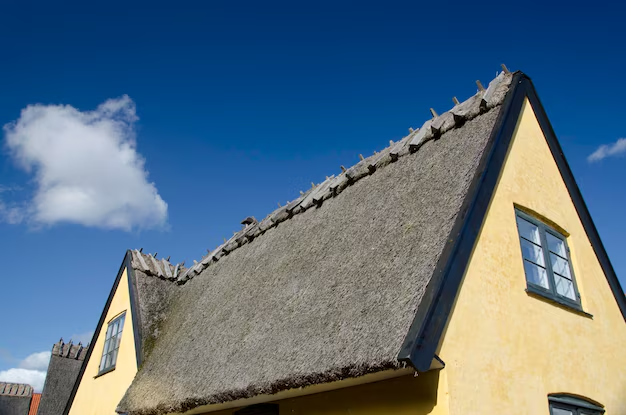Discover Your Roof's Age: What You Need to Know
Your roof serves as the primary shield for your home, protecting you and your belongings from the elements. However, to ensure it continues to perform its duty effectively, knowing the age of your roof is crucial. Understanding its lifespan can help you make informed decisions about maintenance, repairs, or even replacement. But how do you figure out how old your roof is if you weren't there from the start? Here's a guide to help you.
Inspect for Clues
The first step in assessing your roof's age is to look for physical indicators:
- Material: Different materials have different lifespans. Asphalt shingles, for example, typically last 20-25 years, while metal roofs can last 50 years or longer.
- Visual Wear and Tear: Look for signs of aging such as curling shingles, missing granules, or rust on a metal roof. These can indicate the roof is nearing the end of its life.
- Roof Documentation: Check any home inspection reports, receipts of repair, or improvements that occurred before your ownership for clues to the roof's age.
Consult Professionals
If visual inspection doesn't provide clear answers, consider consulting a roofing professional. A seasoned roofer can pinpoint age characteristics that may not be obvious to an untrained eye. Additionally, they can perform assessments related to weather impacts and overall roof integrity.
Dive Into Home Records
Buildings often come with a paper trail. Explore public records or contact previous owners if possible. Sometimes municipalities have permits stored digitally, so checking online resources is worth your time. Finding a permit for installation can directly indicate your roof’s age.
Understand Your Roof's Financial Implications
Knowing your roof's age isn't just about structural awareness; it's also about financial readiness. An older roof may lead to incremental costs as it nears the end of its life due to inevitable repairs or a full replacement. Here's how you can be financially prepared:
- Set Aside a Roof Fund: Begin budgeting now for eventual repairs or replacements.
- Explore Financial Assistance: Many government aid programs, tax deductions, or local incentives are available to assist with the high cost of roofing.
Broaden Your Financial Toolkit
Understanding your roof's age can be the first step toward evaluating broader financial health. Are unexpected home repairs straining your budget? Examining and adjusting your financial strategy can provide relief:
- Debt Consolidation and Credit Solutions: Your financial stability could benefit from refinancing options or transferring balances to a favorable credit card.
- Government Aid Programs: Look into grants or low-interest loans designed specifically for home improvement needs.
- Educational Grants and Resources: These could also assist homeowners pursuing further education in financial management or home renovation expertise.
Taking steps to explore these topics can provide significant value—not just to extend the life of your roof but to improve your overall financial situation.
Financial Opportunities to Explore 💰
- Government Roofing Aid Programs: 🏛️ Often provide grants or interest-free loans.
- Home Improvement Credit Cards: 💳 Offers rewards or perks on home-related purchases.
- Debt Consolidation Loans: 🔄 Simplify payments and potentially lower rates.
- Energy Efficiency Incentives: 🌍 Rebates for roofs designed to improve energy efficiency.
- Educational Grants in Financial Literacy: 🎓 Helps in making smarter home investment decisions.
Keep these options at the forefront as you assess your roof's age and plan for future needs. An informed and financially prepared homeowner is an empowered homeowner.
